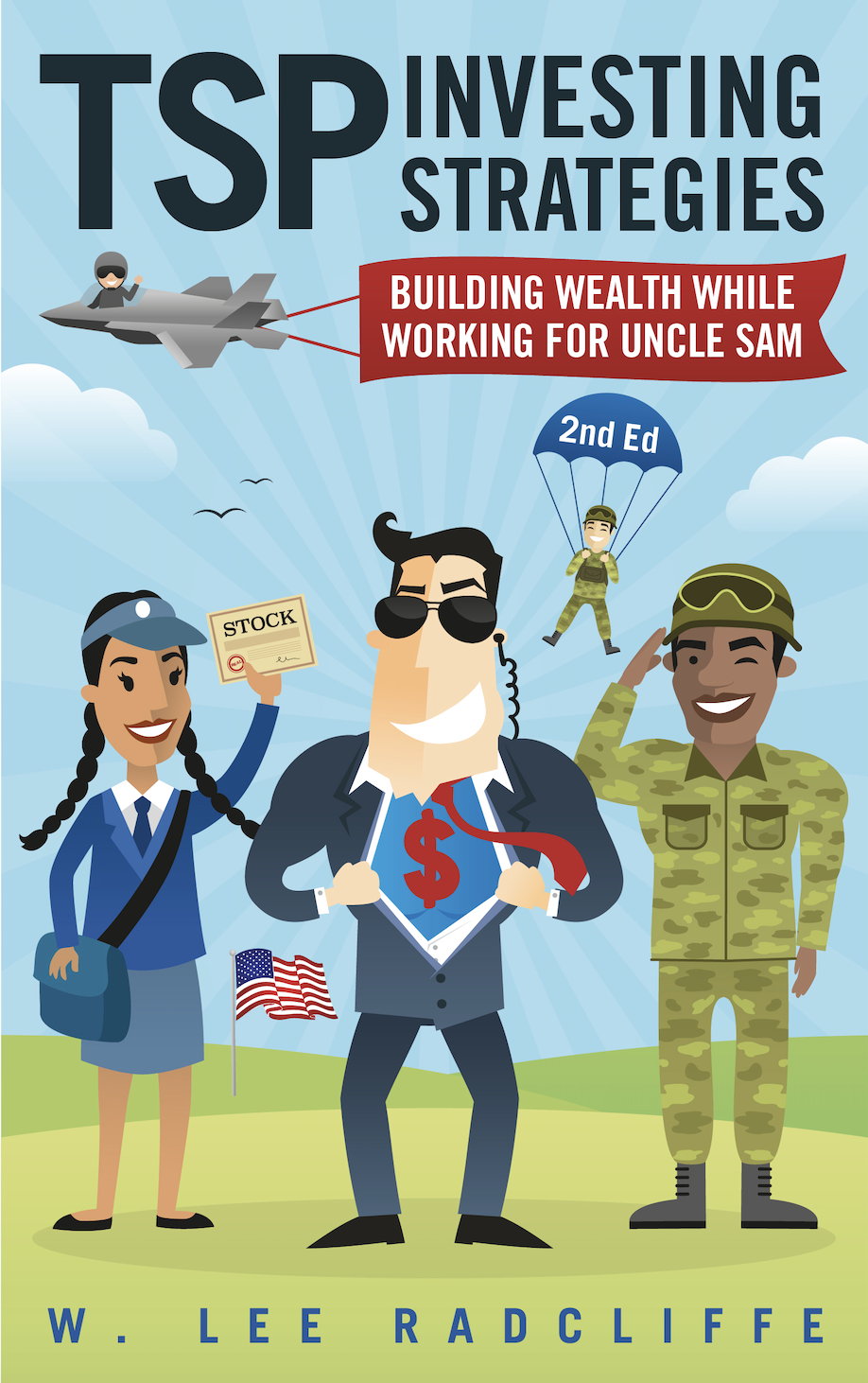The TSP and Facebook
March 16, 2013
Interested in investing some of your TSP savings in Facebook? Or would you rather avoid it like the plague?
In either case, take a look at the S Fund. Facebook is the sixth-largest holding in the S Fund as of February 28th. The S Fund is based on the U.S. Completion Total Stock Market Index, and as the name suggests, the publicly traded companies in the U.S. (like Facebook) that are not included in the C Fund – which is based on the S&P 500 index – are included in the S Fund. (Both indices are managed by S&P Dow Jones Indices.)
Facebook received a lot of media attention in mid-May last year for its spectacular valuation when it went public. At the end of its first trading day, the company was worth $104 billion dollars. Within four months, however, its initial $38 share price fell to under $18, reducing the company’s value by over half. The stock has recovered somewhat, rising 50% from its bottom in September to just under $28.
As a “U.S. completion” index, the S Fund invests in thousands of small- and medium-sized companies: 3,094 to be exact, according to S&P. Granted, the large number of holdings dilutes the amount held in the S Fund. Approximately 0.48% of the fund’s total assets is invested in Facebook, according to the index’s fact sheet. This means that an investor with $12,000 in the S Fund would have the equivalent of just over two shares of Facebook stock.
In total, about 7% of TSP’s $340 billion or so in assets are invested in the S Fund, or about $24 billion. This would mean that TSP S Fund investors as a whole own just over $114 million of Facebook stock as of the end of February.
Despite Facebook’s decline since its initial public offering (IPO) last year, the company is still valued at over $66 billion. This valuation puts it among the fifty largest publicly traded companies in the United States. But because it is such a new company, it has yet to be added to the larger S&P 500 index – and thus it is not a part of the C Fund.
Google is a recent example of a large technology company that eventually joined the S&P 500. Its IPO took place in August 2004, when it was valued at $27 billion – the New York Times at the time called the valuation “bubbly.”
When S&P announced that it was adding Google to the S&P 500 index less than two years later, Google stock shot up 7% in one day on the news. The company continued to grow and is now valued at over $272 billion, ranking among the top ten companies held in the S&P 500/C Fund. This is not to say that Facebook will follow in Google’s footsteps, but it shows what can happen when a company moves from the completion index/S Fund into the larger index/C Fund. And there are plenty of rumors that Facebook with join the S&P 500 (and the C Fund) “sooner rather than later” or “in late 2013.”
The high volatility of Facebook stock points to the volatility of the S Fund too. Like Facebook stock last year, the S Fund dropped precipitously from late 2007 to early 2009, falling from a high of $21.29 in October 2007 to a low of $9.06 in March 2009. Like the stock of Facebook, this was a drop of almost 60% in less than 18 months. The S Fund has more than recovered in the past four years to $27.12, tripling in value since its March 2009 low.
This shows that while there can be a lot of upside for fast-growing companies like Google and Facebook – and for the S Fund – if you don’t like the periodic steep declines that sometimes accompany these types of volatile investments, perhaps they are not the right investments for you.
A version of this article appeared on fedsmith.com.
Related topics: c-fund s-fund